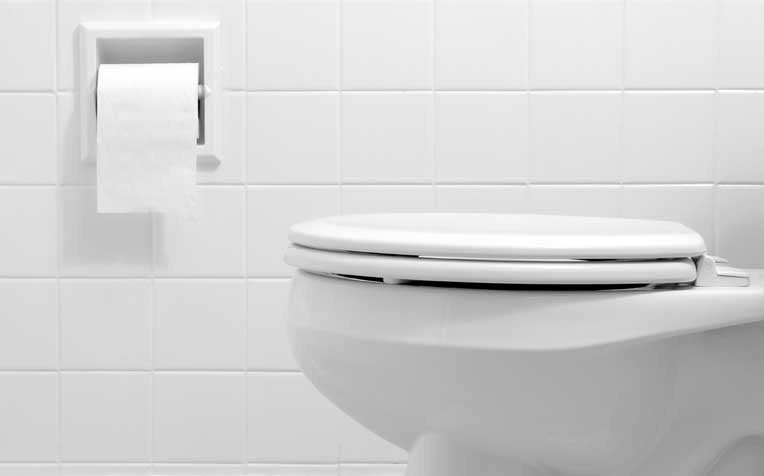
Urinary incontinence is the inability to control urine flow.
Mixed incontinence: A combination of SUI and OAB
Some women may experience symptoms of both stress urinary incontinence (SUI) and overactive bladder syndrome (OAB). This is known as mixed incontinence. There are also other forms such as overflow incontinence, where there is an inability to empty a full bladder, resulting in dribbles. True incontinence, on the other hand, occurs when a hole develops between the bladder and the vagina as a result of childbirth, surgery or radiation therapy. In some cases, patients may be born with this hole.
Seek help as there are devices, medication and, if required, surgery to help manage the condition. Don’t suffer in silence – take control to plug that leak.
Tips to manage urinary incontinence
Stress urinary incontinence (SUI)
-
Pelvic floor exercises
Repeat pelvic floor muscle contractions. Imagine you are trying to stop the flow of urine without moving your legs or buttocks, but while breathing normally. -
Electrical stimulation
If the above exercises do not work, an electric current can be used to stimulate the pelvic floor muscles to contract. -
Burch colposuspension
Bladder support is brought on by permanent sutures placed at the bladder neck. -
Vaginal cones
Hold cones of increasing weight, one at a time, in the vagina by contracting the pelvic floor muscles. -
Surgery
Minimally invasive mid-urethral sling procedures which involve inserting a sling under the urethra to form a support.
Overactive bladder syndrome (OAB)
-
Manage medical conditions and medication
Keeping conditions like diabetes under control can help. Check with your doctor about stopping medication that can aggravate OAB symptoms. -
Lifestyle changes
Reduce fluid intake. Cut down on alcohol and caffeine-containing beverages. Try to lose weight through diet and exercise. -
Physiotherapy
Do pelvic floor exercises and bladder retraining methods. -
Surgery
Several types are available but are used only as a last resort. Some involve increasing the capacity of the bladder and reducing unwanted contractions, while others divert the urine to flow out through a hole in the abdomen, where a stoma bag is attached. -
Medication
Oxybutynin and tolterodine are the most commonly used medications. These help to relax and stretch the bladder, allow urine to accumulate before the urge is felt, and stop abnormal contractions.
Article adapted from Urogynaecology and You, A Handbook for Women with Bladder Disorders, Womb and Vaginal Prolapse, by Adjunct Associate Professor Han How Chuan, Dr Lee Lih Charn, Dr Arthur L A Tseng and Dr Wong Heng Fok.
Learn about the two most common types of urinary incontinence on the previous page.
Ref: S13
Contributed by
Related Articles
Public Events
Get the Health Buddy App
© 2025 SingHealth Group. All Rights Reserved.


















 Get it on Google Play
Get it on Google Play